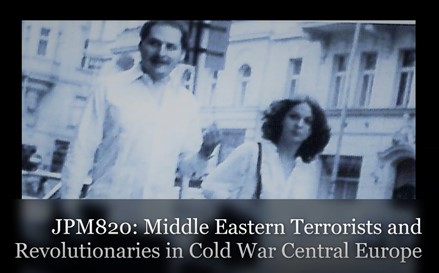
The year 1968 marked the beginning of what became known as ‘international terrorism’. For the next two decades German, Palestinian, Italian, Venezuelan or Syrian perpetrators staged deadly terrorist attacks directed at West European and American targets. Hijackings, kidnappings, assassinations, and bombings became commonplace. Washington was quick to blame the Soviet Union – arguing that Moscow and KGB were directing and supporting an international network of terrorists. Today, thanks to recently-declassified documents, we know more about this era than ever before and can begin to answer fundamental questions:
- What triggered Cold War-era ‘international terrorism’?
- Where do governments draw the line between ‘revolutionaries’ and ‘terrorists’?
- Who do they decide to liaise with and why?
- What kind of support are states willing to provide?
- And what role do their security and intelligence services play in managing these complicated liaisons?
While seeking to answer these questions, this course zooms in on Middle Eastern violent non-state actors: the Palestinian Liberation Organisation (PLO) and its key factions; the Abu Nidal Organisation (ANO); and Carlos the Jackal, one of the Cold War’s most notorious terrorists. The course draws on recent findings from Eastern and Western European archives. As such, it will be of interest to students intrigued by the history of terrorism and counterterrorism; security and intelligence; as well as Cold War international history.
- Teacher: Ladislav Beneš
- Teacher: Irena Kalhousová
- Teacher: Daniela Richterová